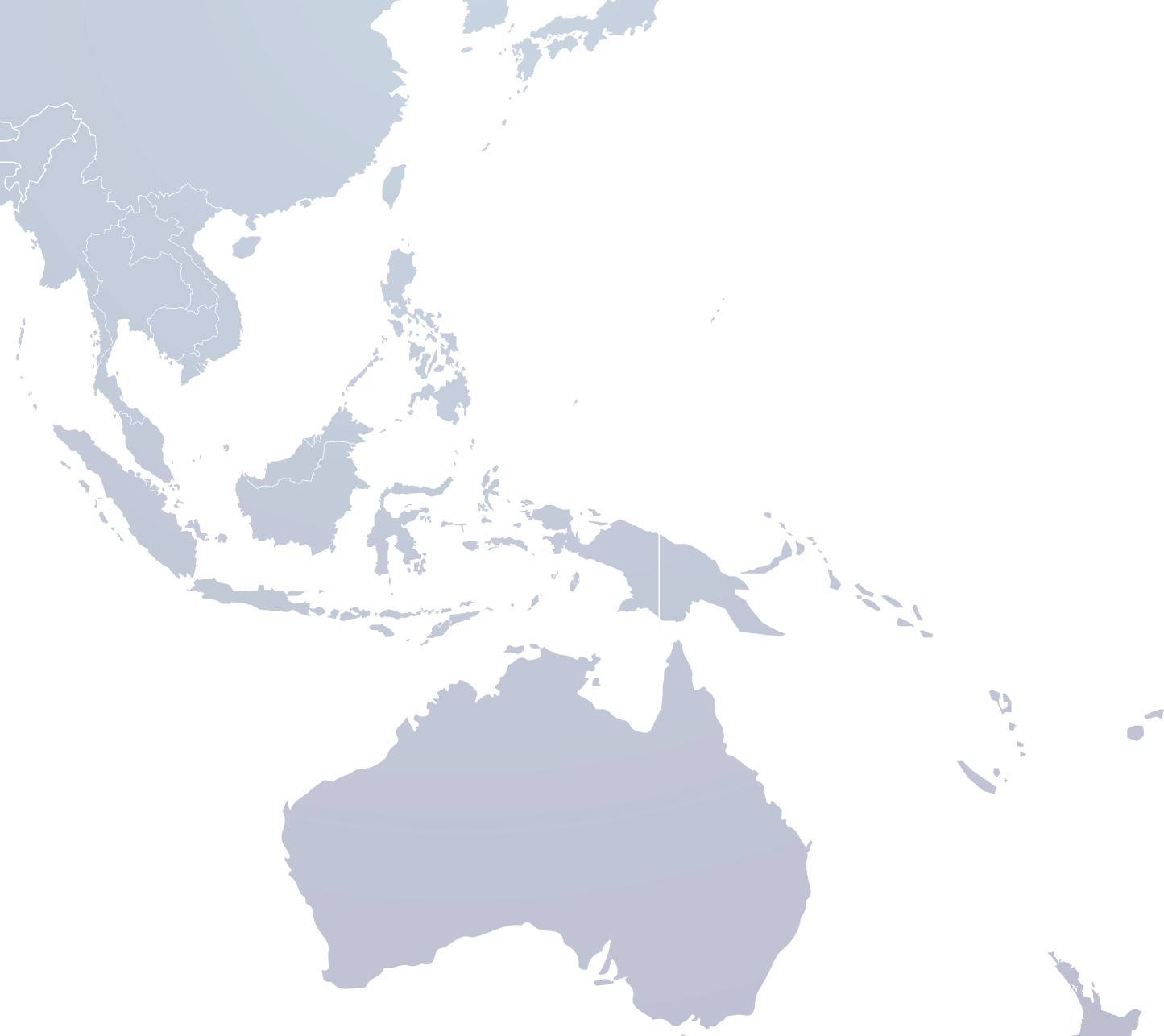Poor countries are facing their heaviest debt burden in the last 25 years, according to a report published by the UK group Debt Justice, formerly known as Jubilee Debt Campaign. The group is calling for urgent and comprehensive debt relief to alleviate the burden on these countries.
The report states that external debt payments will average more than 16% of government revenue for the world’s poorest countries this year, the highest level since 1998. The figure is expected to rise to 16.7% next year, which is more than a 150% increase since 2011. The burden on poor countries due to debt is a significant concern, and the Debt Justice group is working to raise awareness about this issue.
Debt Justice points out that the last time the debt burden was so high, a debt-relief plan was introduced that ultimately led to up to 80% of debts being cancelled for the most indebted poor nations.
However, the situation today is no less severe, and there is an urgent need for fast and comprehensive debt relief schemes across all external creditors, including legislation in the UK and New York to make private lenders take part in debt cancellation.
The report identifies Sri Lanka, Laos, Pakistan, Zambia, and Dominica among the world’s most indebted countries, with external debt payments expected to take up more than 30% of government revenue between 2022 and 2024. The figures are based on World Bank data.
Why Are Poor Countries In So Much Debt?
There are a huge number of reasons for debt in an already poor country including economic policies, political instability, natural disasters, and borrowing to finance infrastructure projects.
One of the main reasons why poor countries are in debt is due to their reliance on foreign aid and loans to finance their development needs. These loans often come with high-interest rates and strict repayment terms, making it difficult for these countries to meet their debt obligations.
Natural disasters, such as earthquakes, floods, and hurricanes, can also cause significant economic damage and increase a country’s debt burden as they often require significant financial resources to rebuild and recover. This leads to poor countries leaning on lenders such as China to finance their development projects.
Poor countries may face economic challenges such as inflation, high unemployment rates, and low productivity, which can make it difficult for them to generate the revenue needed to repay their debts. Political instability can also be another factor that can contribute to a country’s debt burden. In many cases, political instability can lead to economic disruption, which can exacerbate a country’s debt problem.
The report highlights that about half of the debt is due to private lenders, another 30% to multilateral institutions, 12% to Chinese public and private lenders, and 12% to other governments.
How Is China Involved In Poor Nations’ Debt?
China has become one of the main sources providing loans to poor countries, particularly in Africa, Asia, and Latin America. This money comes through China’s Belt and Road Initiative (BRI). The BRI is a massive infrastructure development project aimed at enhancing connectivity and economic development across Asia, Europe, and Africa.
Chinese loans to poor countries often come with attractive terms, such as low-interest rates and long repayment periods, making them an appealing option for cash-strapped governments in poor nations. However, concerns have been raised about the sustainability of these loans and the impact they could have on a country’s debt burden.
In recent years, some poor countries have found themselves struggling to repay their Chinese loans, which has led to accusations of “debt-trap diplomacy” by China. Critics argue that the Chinese government is using debt as a means of gaining strategic influence and control over poorer countries for various reasons, such as gaining control over Sri Lanka’s important ports.
However, China has defended its lending practices, stating that they are intended to promote economic growth and development in these countries, and that it does not engage in predatory lending practices.





























